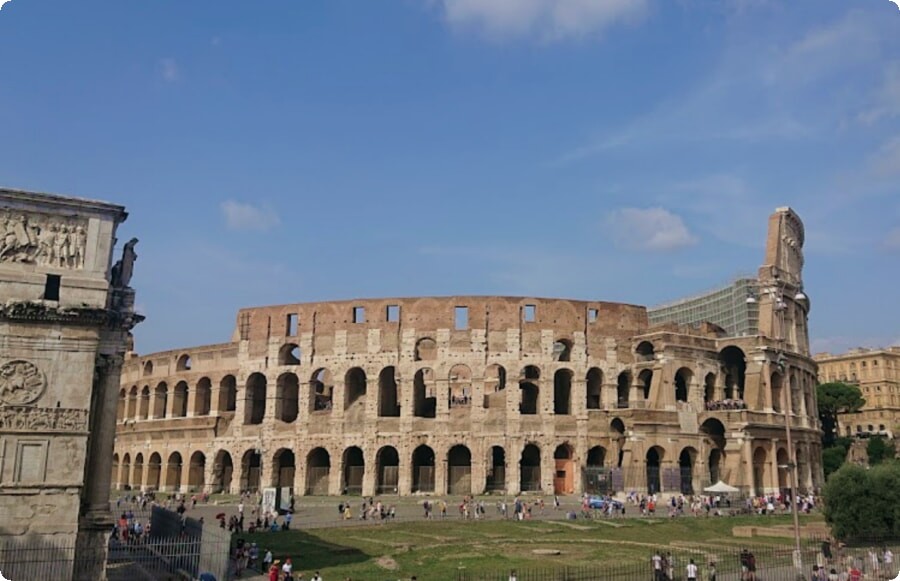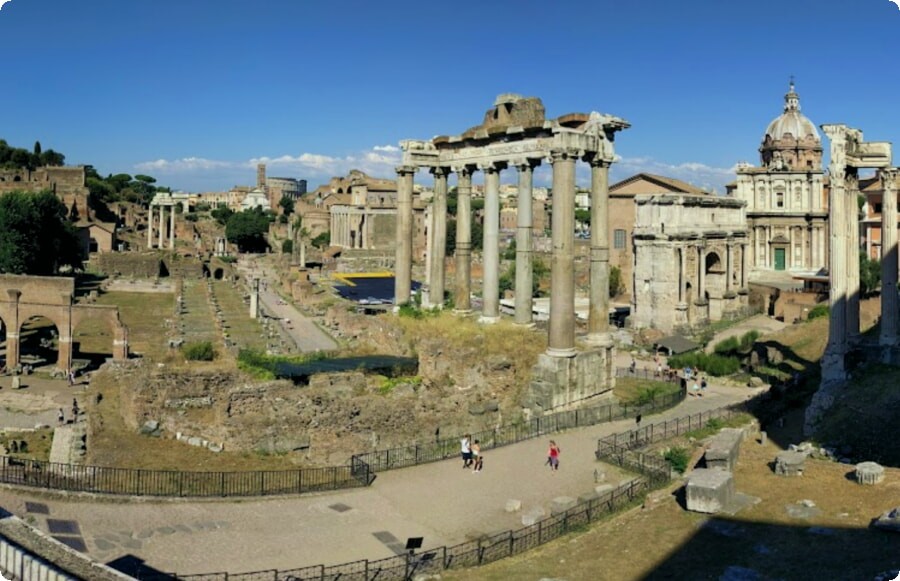Colosseum is an architectural marvel
Colosseum in Ancient Times and the Middle Ages
Colosseum was built in ancient Rome, and is an important architectural monument of that era. It is also called an amphitheater, in honor of the imperial Flavian dynasty of the same name, during whose reign the construction of the building took place. The building started in 72 AD, and it was completed and consecrated already in 80 AD. It was located in the palace and park complex of Rome. And after so many years, Colosseum is one of the few grandiose buildings that have survived to the present day, despite the fact that the building had to go through a lot, and now it is being actively restored.
Before the trip, many tourists book a car in Italy online in order to get a favorable rental rate, see more sights and not depend on tour groups. In Rome, the cost of renting a compact car starts from 15 euros per day, in Bergamo - from 17 euros per day. When renting for a longer period, you can get a discount.
The Colosseum began to collapse, having suffered from an earthquake in 1341, this especially affected its southern part. Therefore, the inhabitants of the state began to look at it as a source from which you can get a lot of building material. They picked up not only what had collapsed over time, but also what had been deliberately broken off from it for further use. Thus, the amphitheater was gradually destroyed, and, only starting from the 1740s, they began to take care of its safety.


Colosseum at present
After many years and destruction, the Colosseum has survived to this day, and now it is under state protection. Gradually it began to be restored. To begin with, all the debris that could be possible were installed in their original places. They also carried out excavations on the territory of the arena, in which they were able to find deep basement rooms, where animals and people were released in those days for battles. Now the floors of the arena, where gladiators fought in ancient times, are under reconstruction. The restoration also includes waterproofing the arcades of Colosseum, as seepage of rainwater, together with atmospheric pollution and vibration from the city, has left the building in critical condition.
Architecture of Colosseum
By the standards of scientists, Colosseum that is presented now is only a part of what was originally built in ancient times. In those centuries, when not only fights between gladiators were held in it, but also theatrical performances were commonplace, a huge number of spectators gathered in it. There were about fifty thousand seats, while almost eighteen thousand people could stand to watch the performances. Now Colosseum has greatly decreased in size and such a number of people will no longer fit in it, but, nevertheless, this does not prevent many people from visiting it.
During construction, it was in shape of an ellipse, and the amphitheater had four tiers, which were interconnected. The first three tiers were made of a huge number of arches, as materials were used about one million bricks, which the Romans learned to create together with terracotta concrete.


The fourth tier was completely solid and was completed later. From the holes that can be seen on its cornice now, it becomes clear that it served to stretch a huge tent, which protected visitors from bad weather conditions.
In the lowest tier, 76 spans were made through which it was possible to quickly enter and exit the building. At the same time, the patency of Colosseum was noticeably increased, and such architectural solutions have never been seen anywhere else.